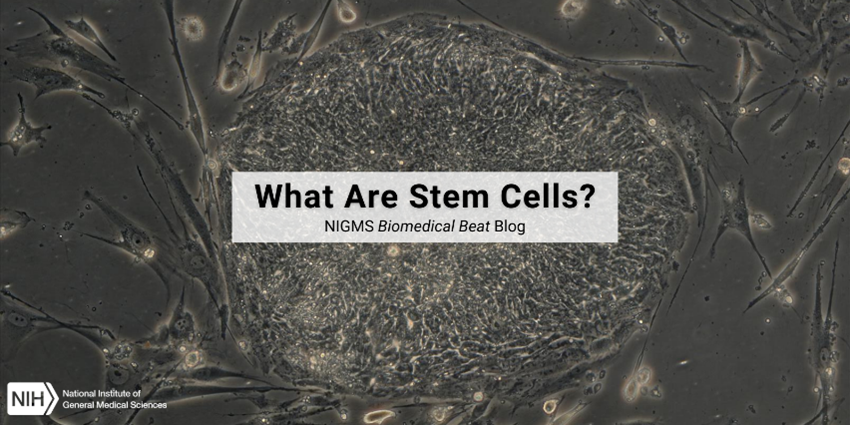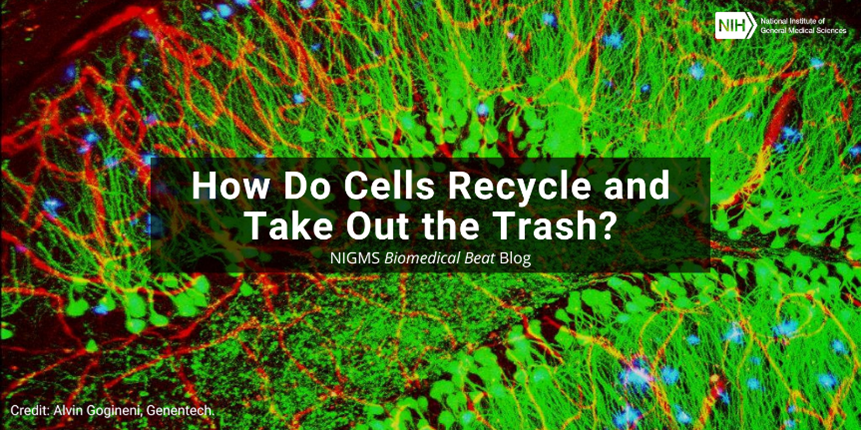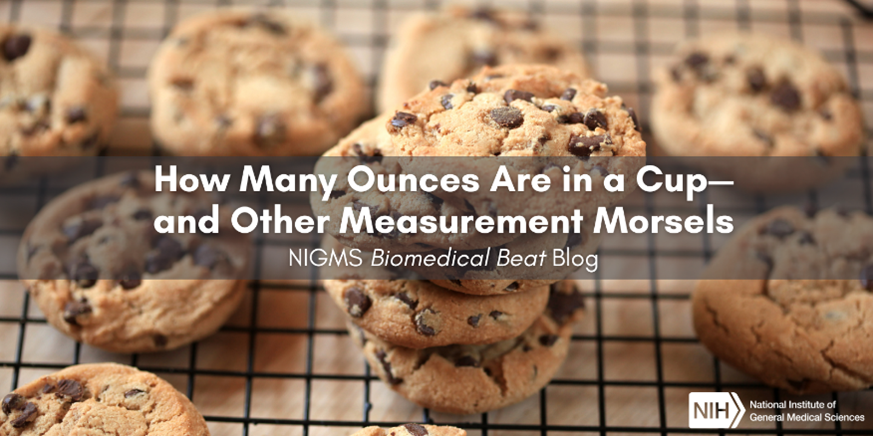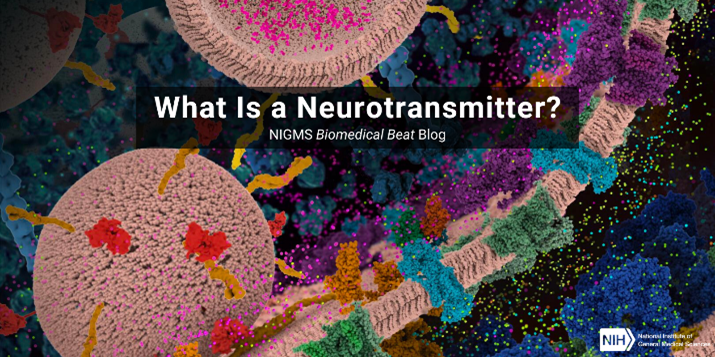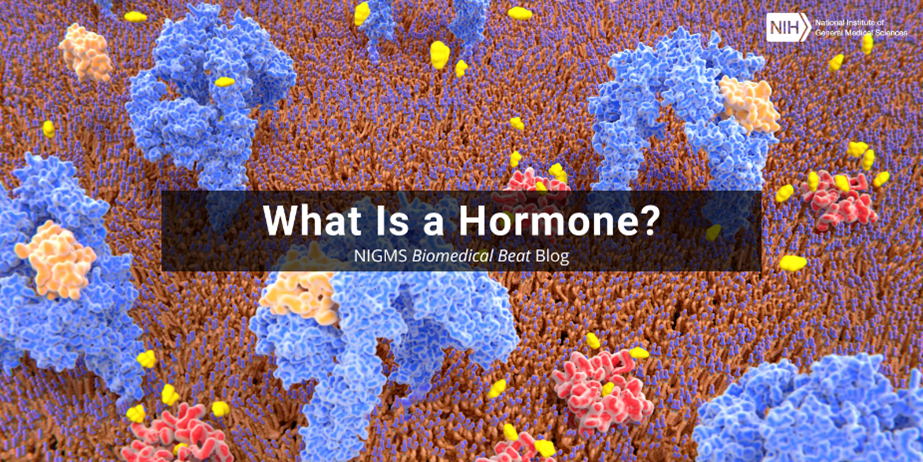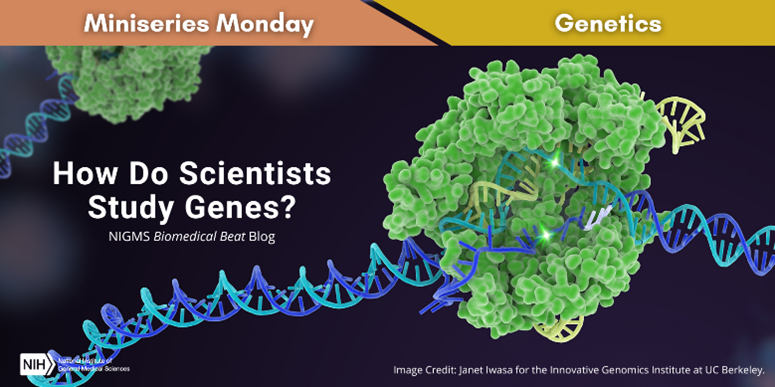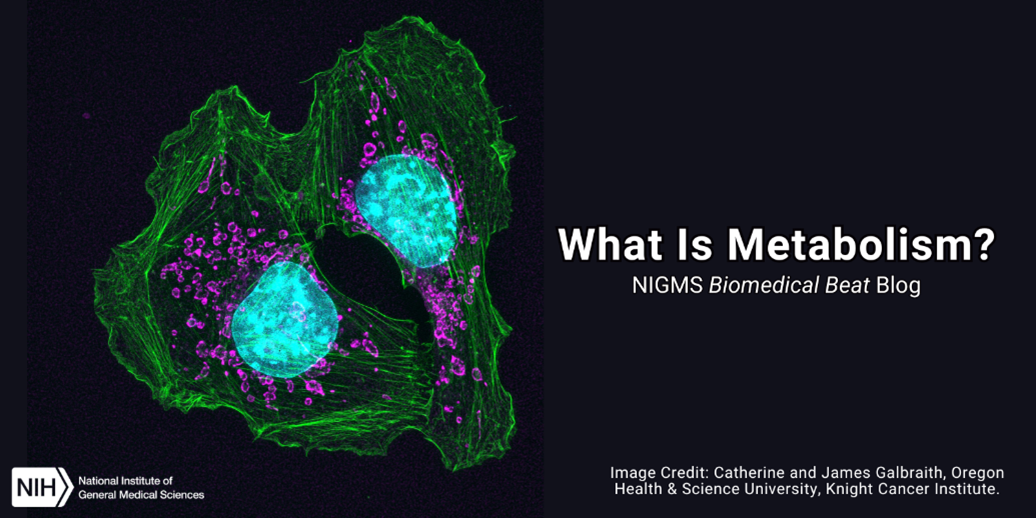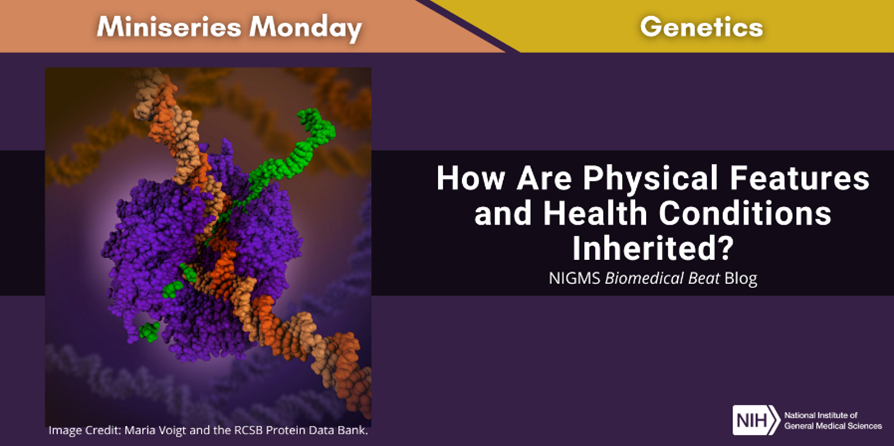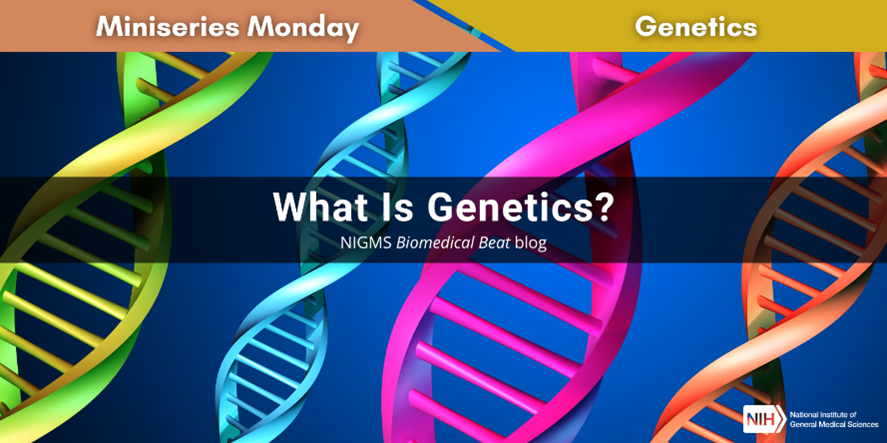Stem cells are a special type of cell that is uniquely able to replicate many times and to develop into many different cell types. Stem cells live in tissues and organs throughout the body—including the liver, muscles, and skin—at all stages of life.
Continue reading “What Are Stem Cells?”Tag: Common questions
How Do Cells Recycle and Take Out the Trash?
Cells rely on garbage and recycling systems to keep their interiors neat and tidy. If it weren’t for these systems, cells could look like microscopic junkyards—and worse, they might not function properly. So constant cleaning is a crucial biological process, and if it goes wrong, accumulated trash can cause serious problems.
Proteasomes: Cellular Garbage Disposals
One of the cell’s trash processors is called the proteasome. It breaks down proteins, the building blocks and mini-machines that make up many cell parts. The barrel-shaped proteasome disassembles damaged or unwanted proteins, breaking them into bits that the cell can reuse to make new proteins. In this way, the proteasome is just as much a recycling plant as it is a garbage disposal.
Continue reading “How Do Cells Recycle and Take Out the Trash?”What Is CRISPR?
It might sound like a science fiction author made up genetic engineering, but it’s a real tool researchers use in the laboratory! A gene is a segment of DNA that codes for a protein. The information within a gene directs the building of a protein, block by block, through the process of gene expression. For a variety of reasons, including learning about certain cellular processes, scientists use genetic engineering in the lab to manipulate a cell’s genes and the proteins they encode.
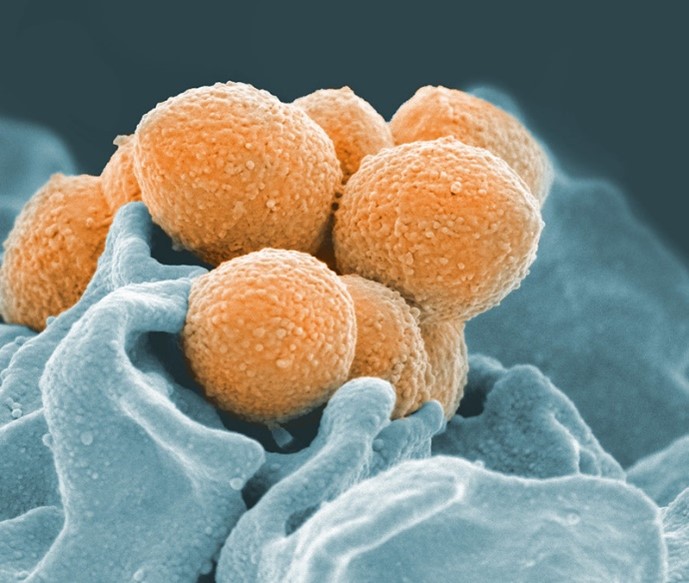
One of the most commonly used genetic engineering techniques is called clustered regularly interspaced short palindromic repeats (CRISPR), named for the odd, repeating sequences that researchers found in bacterial DNA in 1987.
Eventually, researchers discovered that these sequences are part of a bacterial immune system. (Just like humans, bacteria are susceptible to viral infections!) Some bacteria are able to insert short sequences of DNA from viruses that previously infected them into their own genome, allowing them to “remember” and more quickly recognize that virus in the future. If the invader tries to attack again, the bacterium recognizes and kills it by chopping up the part of its DNA that matches the “memory” using a special type of protein, an enzyme called CRISPR-Associated (Cas) protein. Our own immune systems also have the ability to remember pathogens through our adaptive immune response.
Continue reading “What Is CRISPR?”How Many Ounces Are in a Cup—and Other Measurement Morsels
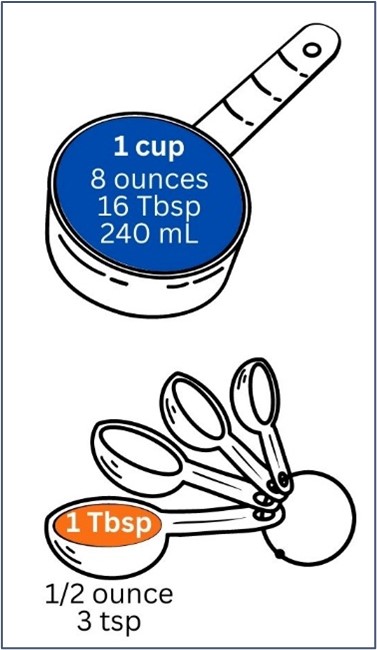
Do you find yourself frustrated while baking when trying to convert between measuring units, like cups to ounces? First of all, we can help with that one: 1 cup is equal to 8 ounces (oz), 16 tablespoons (Tbsp), 48 teaspoons (tsp), or 240 milliliters (mL).
Based on their names, you can probably guess that people began using the tools they had, like cups, teaspoons, and tablespoons, to measure ingredients in the kitchen. They eventually standardized these units of measure because not all spoons or cups were the same size. So now, instead of a recipe calling for milk that fills half a teacup or enough water to fill a coffee cup, we use the standard measuring cup, tablespoon, and teaspoon. In the research lab, scientists use scales and balances to measure solids—not cups—and a variety of tools to measure liquid, from syringes and pipettes to graduated cylinders and flasks—but never spoons!
Continue reading “How Many Ounces Are in a Cup—and Other Measurement Morsels”What Is a Neurotransmitter?
Have you wondered what controls the most basic functions of our bodies, like breathing, moving, and sleeping? Chemicals called neurotransmitters play a central role. Neurotransmitters pass messages from one nerve cell to another, and sometimes to muscles or glands. These messages may:
- Prompt the next nerve cell to pass on the message, prevent the message from going any further, or adjust how the message is passed on
- Cause a muscle to contract, like our intestines do when they digest food
- Tell a gland to secrete hormones, which are molecules that further pass on messages to tissues or organs
What Is a Hormone?
Hormones are chemical messengers in the body that glands form and release, or secrete, into the bloodstream, where they travel to various organs and tissues to change biological functions. Hormone levels fluctuate during a lifespan and even on a daily basis.
Growth spurts in toddlers or sudden changes in adolescents are directly related to large hormonal shifts during development and puberty. Smaller changes occur throughout each day to help maintain normal bodily functions, such as our sleep-wake cycle known as our circadian rhythm.
Continue reading “What Is a Hormone?”How Do Scientists Study Genes?
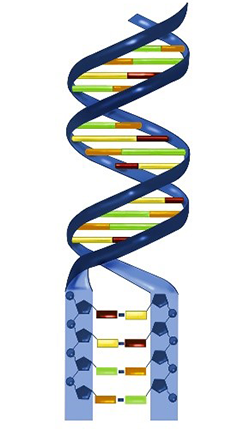
You may wonder how scientists study something as tiny as DNA. Over the past decades, researchers have developed a wide range of tools and techniques to help them unlock the secrets of human genomes and those of other organisms. Two key examples are DNA sequencing and gene editing.
DNA Sequencing
DNA sequencing, sometimes called gene or genome sequencing, enables researchers to “read” the order of the bases in a segment of DNA, which contains the information a cell needs to make important molecules like proteins, the functional building blocks of the cell. There are several methods for sequencing, but they all require many copies of the same DNA segment to get accurate results. Fortunately, scientists have developed a technique called polymerase chain reaction, often referred to as PCR, that can quickly and inexpensively create a large number of copies of a DNA segment.
Continue reading “How Do Scientists Study Genes?”What Is Metabolism?
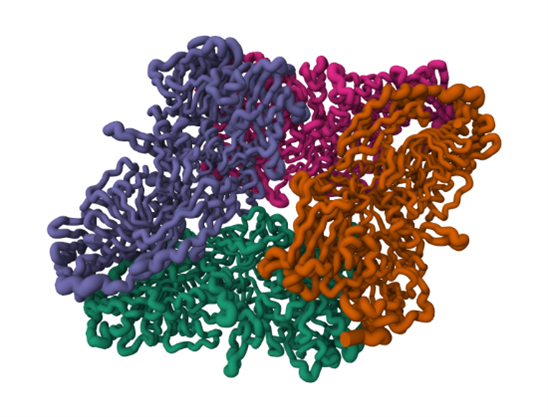
You’ve likely heard someone attribute their body size to a fast or slow metabolism. But did you know there’s much more to metabolism than calories burned? Metabolism includes all the chemical changes that occur as our bodies use enzymes to break down food, medicines, and biological substances as well as produce energy and materials needed for growth.
The Two Sides of Metabolism
Our bodies have many metabolic pathways, but they all fall into two main categories: catabolic and anabolic. Catabolic pathways break down complex molecules into simpler ones, usually releasing energy in the process. For example, catabolic pathways turn large carbohydrate molecules from our food into simple sugars, such as glucose. Some of the most well-known catabolic pathways then convert the simple sugar glucose into adenosine triphosphate (ATP), a molecule that cells commonly use as an energy source.
Continue reading “What Is Metabolism?”How Are Physical Features and Health Conditions Inherited?
Have you ever been told that you have your mother’s eyes? Or maybe you’ve found that you and your father share a condition such as asthma? People who are biologically related often have similarities in appearance and health because they have some of the same genetic variants. However, you’ve likely noticed that siblings with the same biological parents can differ significantly. Each person’s genome is a combination of DNA from both of their parents, but siblings’ DNA can differ because of the mixing and matching involved in creating reproductive cells.
Continue reading “How Are Physical Features and Health Conditions Inherited?”What Is Genetics?
Genetics is the study of genes and heredity—how traits are passed from parents to children through DNA. A gene is a segment of DNA that contains instructions for building one or more molecules that help the body work. Researchers estimate that humans have about 20,000 genes, which account for about 1 percent of our DNA. The remainder of the DNA plays a role in regulating genes, and scientists are researching other potential functions.
Continue reading “What Is Genetics?”

